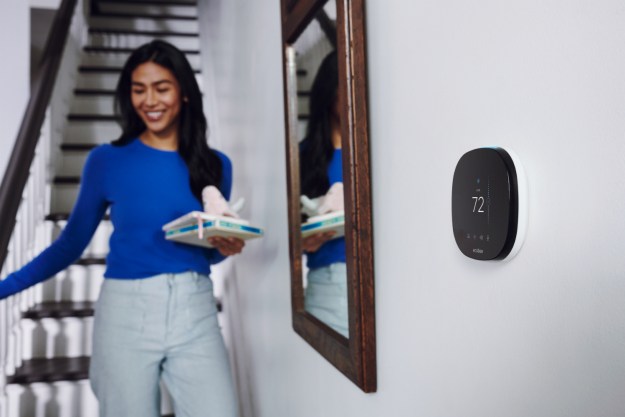
Many of the devices will sound an alarm if metrics indicate your baby is experiencing a possible health complication. This alarm system is a potential cause for concern, as false alarms can result in stress for parents, excessive trips to the doctor or hospital, unneeded medical testing, and costly medical expenses, Dr. Christopher Bonafide, a pediatrician and co-author of the JAMA review, told CBS News.
Most manufacturers of these devices do not overtly state that these products diagnose or treat any illness or reduce the risk of Sudden Infant Death Syndrome (SIDS). Utah-based company Owlet Baby Care sells one of the more popular smartphone baby monitors on the market: a wearable sock priced at $249. On the Owlet website, it states “the Owlet Baby Monitor is designed to notify you if your baby’s heart rate or oxygen levels fall out of range, but your baby’s safety is your responsibility.” The JAMA review warns against these types of wearables, as well as others such as onesies and diaper clips.
When some parents purchase devices like these, however, they are looking for peace of mind. The reviews of the Owlet monitor are overall positive, but product reviews also indicate parents are buying this product to keep their babies safe. “Very happy with the piece [sic] of mind owlet gives me now and look forward to relying on it once it’s time to put our baby in his own room,” one reviewer writes on Amazon. “Hope this awesome product helps save babies from SIDS in the future!” another reviewer writes.
The American Academy of Pediatrics clearly advises against using cardiorespiratory monitors as a strategy of reducing SIDs, The JAMA report indicates. Before purchasing a smartphone baby monitor, it’s a good idea to consult your pediatrician.
Editors' Recommendations
- Why moving your smart home could be a nightmare
- Adorable smart home robot unveiled at CES 2023 could be a great addition to your family
- Babysense Cloud smart mattress monitors your baby’s sleep
- The Chillax Baby Mood AI Smart Monitor focuses on privacy
- This light bulb can track your sleep and monitor your heart rate from afar


